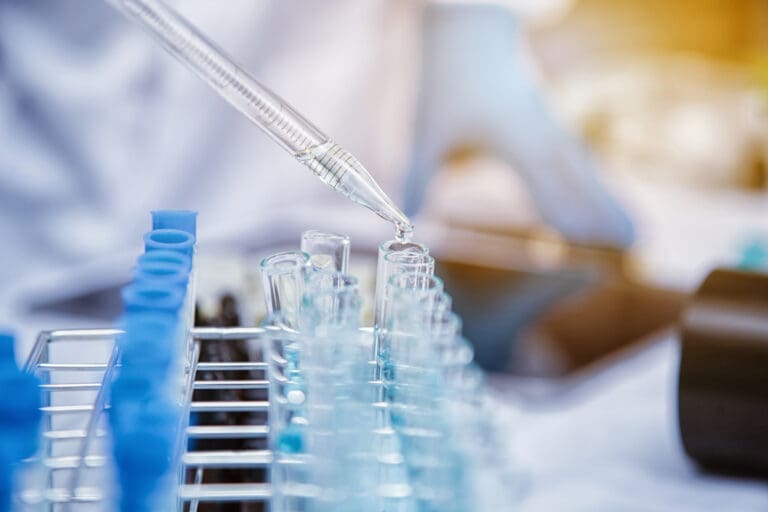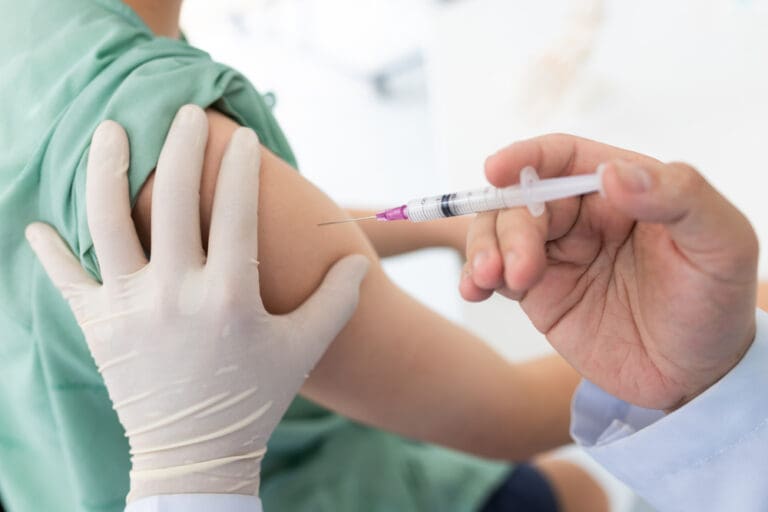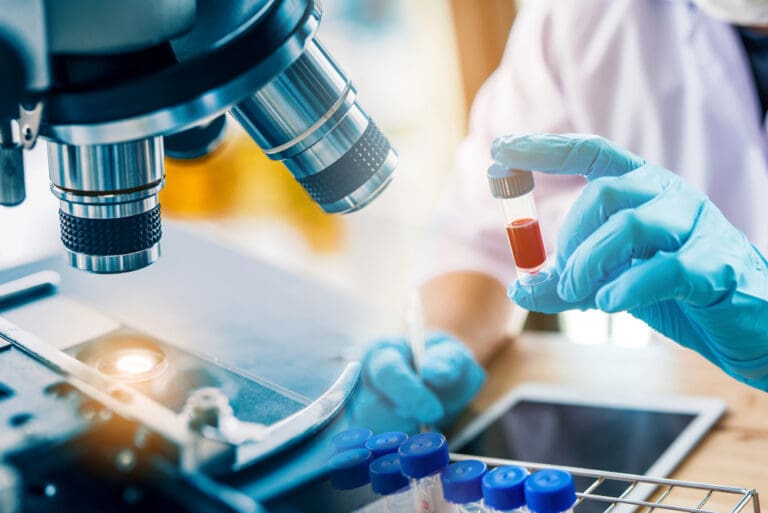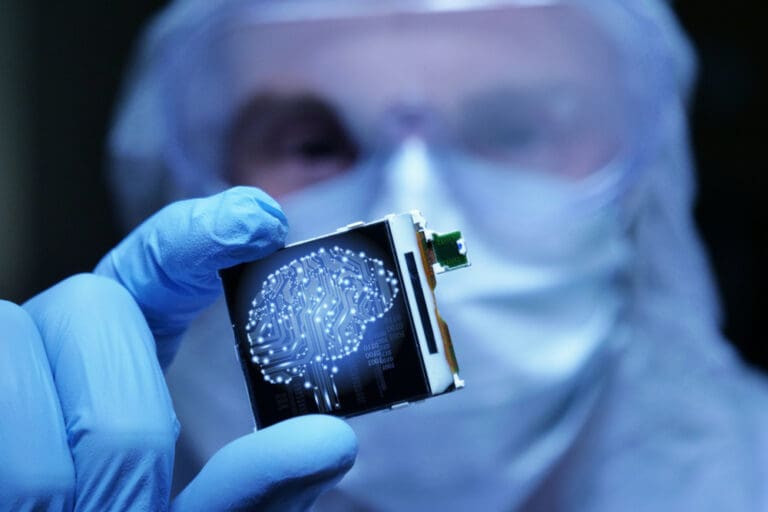3D Printing Progress
First there were 3D printing – capable of reproducing everything from spare parts to architectural designs.
Now the technology is progressing at pace and it could be set to save lives – potentially millions of them.
In the US alone there are more than 100,000 people awaiting a major organ transplant with 17 people a day dying as a result of not getting one.
But 3D bioprinting stands on the edge of delivering perhaps its finest creation – 3D printed organs, created from the cells of the patients that need them – to solve an issue which has proved a challenge to healthcare systems around the world.
The 3D Printing of Biomaterials
The 3D printing of biomaterials and tissue engineering is the inevitable end goal.
It’s not there yet – but few would bet against it within the next decade.
And that’s not all.
By deploying the same technology, bioprinting is already creating human tissue to allow scientists to use it in a bid to unlock the secrets to some of medicine’s major challenges. In short, tackling some of the biggest diseases and conditions which can shorten – or end – life.
According to Vantage Market Research, the global 3D bioprinting sector was worth some USD1.2 billion in 2022.
It predicts that to be USD5.2 billion by 2030 – with a CAGR in excess of 20%.
“This market,” it adds, “is expanding due to an ageing population with chronic respiratory diseases and a shortage of organ donors.”
Influence in Cosmetics
The market is driven not just by medical research but by cosmetic firms too; creating human skin on which to test its products.
Unsurprisingly, the rush to capitalise on such opportunities created by printing biomaterials and the growth in the market is attracting investors – keen to get in now before the sector’s long-held potential is fully realised.
Speaking to Fortune Well earlier this year, Professor Tal Dvir, director of tissue engineering and regenerative medicine at Tel Aviv University in Israel, said:
“I think that in 10 years we will have organs for transplantation.
“We will start with simple organs like skin and cartilage, but then we’ll move on to more complicated tissues—eventually the heart, liver, kidney.”
It followed a procedure he conducted to graft an ear onto a patient, born without one, created through 3D bioprinting.
There are still many hurdles the technology has to face – such as procedures more significant than merely aesthetic – but the potential, if it gets the go-ahead for use on humans, could be huge.
Investment into Industry
California-based Prellis Biologics completed a USD35 million Series C raise last summer – bringing its total raise to USD64.5 million. It develops what it describes as “industry-leading two-photon holographic technology” which supports 3D printing of large, complex tissue co-culture systems such as LNOs (Lymph Node Organoids) that recapitulate human immune responses in vitro.
It says its EXIS (Externalized Human Immune System) platform “incorporates LNOs for the discovery of fully human antibodies with broad genetic diversity in as little as three to four weeks”. In addition, it enables “assessment of immunogenicity in response to therapeutic candidates”.
Michael Marks, its chairman, explains:
“The multi-billion-dollar antibody therapeutics market is held back by slow discovery. Until now, data on human immune response to guide development of effective drugs or vaccines has only been available through large, expensive clinical trials.
“Our platform dramatically accelerates the discovery and delivery of developable, high-affinity human antibodies.”
San Diego-based Organovo has built a solid reputation and raised plenty of capital.
It is a clinical stage biotechnology company that is developing drugs that are demonstrated to be effective in 3D human tissues as candidates for drug development.
Through six funding rounds it has so far raised in excess of USD112 million.
The Swedish firm the BICO Group has also established itself as one of the major players.
When it launched seven years ago, under the name Cellink, it quickly established itself as a pioneer in the technology involved.
Just 10 months after it launched in 2016, it floated on the Nasdaq First Growth Market – with its shares over-subscribed to the tune of 1,070%. Investors could see its potential.
Developing its form of human bioprinting, it worked to create organs and replicate illnesses such as cancer in them to allow medical scientists to work on solutions to one of the world’s biggest killers. It was a project for which it received $2.5 million in grant funding from the European Union.
Restructuring and renaming itself the BICO Group – although Cellink continues as one of its bioprinting divisions – it continues to invest heavily in bioprinting as well as diversifying in the medtech sector through a range of high-profile acquisitions.
The company explains:
“Bioprinting has massive potential to revolutionize the fields of tissue engineering, drug discovery and regenerative medicine.
“Bioprinted tissue enable researchers to test potential treatments and evaluate efficacy in earlier stages, providing a more realistic model of cellular function.”
“In time, new drugs and treatments can be developed following a process designed to minimize failures, reduce animal testing and reach clinical trials faster.”
In the first quarter of 2023, it reported sales of USD46 million. Other bioprinting arms of its business include MatTek, Visikol, Nanoscribe, Advanced BioMatrix and Allegro 3D.
Yet despite many successful funding rounds, many companies have found the sheer cost of research and development a drag on profitability. The question investors will need to ask themselves is whether they can deliver on its long-held promise.
Their use in cosmetics, however, is already delivering instant practical uses.
Chanel and 3D Skin Engineering
Luxury brand Chanel earlier this year unveiled a reconstructed human skin sample with a pigment spot created in collaboration with Labskin Creations – a French bio-technology start-up specializing in advanced 3D engineering of skin and fat tissue.
The aim? To produce more effective skin care products by better understanding the mechanisms of such imperfections.
A spokesman for Chanel explained: “This exclusive model, designed using human cells in their microenvironment, allows us to explore and better understand the biological mechanisms linked to skin pigment irregularities, to evaluate the effectiveness of preventive and corrective active ingredients in order to select the most effective ones.”
Conclusion
Already being used to help scientists tackle some of the world’s biggest killers, if the technology continues to deliver on its promise, investors would be wise to move sooner rather than later. But they should progress with caution. The enormous R&D costs involved can take a toll on young companies and conducting due diligence has perhaps never been more advised. While creating human organs is on the horizon, it is also worth factoring in the likely delays for approval on humans – given the regulatory hurdles it will face. But…if a success it could genuinely revolutionise healthcare worldwide.
Companies to Watch
LabSkin Creations, BICO Group (includes MatTek, Visikol, Nanoscribe, Advanced BioMatrix, Cellink, Allegro 3D), Prellis Biologics, Organovo.








